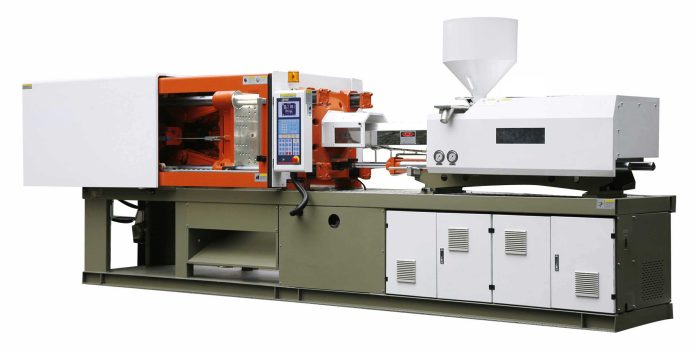PEEK is a semi-crystalline plastic that has good mechanical properties. It has a high glass transition temperature and melting point, and can be modified with carbon fiber, graphite, or PTFE to improve its machinability.
The tensile strength of the samples was tested by injection molding using a thermosetting photosensitive resin mold. Nine groups of experiments were performed, and the optimal injection process parameters were determined by orthogonal experimental variance analysis.
What is PEEK?
PEEK is a semi-crystalline, engineering thermoplastic used to replace metal and supply durable parts for aerospace, alternative energy, oil & gas, automotive, chemical & pharmaceutical, fiber optics and medical equipment. Its high performance properties and mechanical properties make it a great replacement for titanium, steel and other metals in these critical environments.
Unlike many other plastics, PEEK does not release harmful chemicals when subjected to intense heat and flame. It also has very low water absorption, making it an excellent choice for applications that may come in contact with bio fluids.
Moreover, PEEK is highly resistant to degradation by many chemicals, including hydrocarbons such as jet fuel and hydraulic fluids, acidic solutions such as sulfuric, phosphoric and acetic acids, and insecticides. Additionally, it is highly resistant to wear and fatigue caused by vibration or cyclic loading. It also has an impressive creep resistance and superb flexural strength.
Peek is a high-temperature thermoplastic
Peek is a semi crystalline thermoplastic that maintains its stiffness at high temperatures. It can withstand continuous exposure to temperatures up to 260°C without losing its mechanical properties. It also has good fatigue resistance and resists cracking under stress. This makes it an ideal choice for a wide range of applications, including seals, valves and back-up rings.
PEEK is a polymer that has good chemical and temperature resistance and is resistant to radiation. This makes it a great choice for medical devices and automotive and aerospace applications. It also has good wear resistance and is easy to process and fabricate.
While injection molding PEEK can be a challenge, it is possible to produce parts with excellent performance. The key is to follow injection mold design guidelines that promote manufacturability and control costs. This includes considering shrinkage direction, which is anisotropic for PEEK. It is important to ensure that the injection temperature and pressure are matched to the requirements of the application.
Peek is resistant to gamma radiation
Peek is an engineering thermoplastic that has many uses, including in medical tools. It has better mechanical properties than other plastics and can withstand high loads. It is also resistant to chemical corrosion and is used in industries such as oil and gas and aerospace. Its superior chemical resistance means that it can replace metals in harsh environments.
PEEK is also highly radiation-resistant. This makes it the material of choice for seals in nuclear reactors, where conditions would be very harsh on other materials.
Unlike other polymers, PEEK has a partially crystalline molecular structure. This allows some molecules to be crystalline while others are amorphous. This characteristic is critical for a successful injection molding run. Injection molders must take certain precautions when using this material, such as maintaining good temperature control and ensuring that the raw materials are dry. These requirements can help prevent damage and promote a smooth injection process. In addition, the design of the mould must be adapted to this material.
Peek is resistant to autoclaving
Peek is a strong, durable engineering thermoplastic that can be used in a variety of applications. Its high strength-to-weight ratio makes it ideal for replacing heavier metal parts in industrial applications. It also resists corrosion and can withstand multiple sterilization cycles in steam autoclaves, making it a good choice for reusable medical instruments.
Injection molding is the process of using plastic material to make finished products. This includes manufacturing parts that are used in medical, aerospace, and other industries. To ensure quality, injection molding machines must meet specific requirements. These include having big gates and good temperature control.
The rate of cooling during the injection process can affect the crystallinity of the molded product. If the rate of cooling is too fast, the resulting product may have a mixture of amorphous and crystalline areas, which can result in discoloration. This can also cause a reduction in the hardness of the product. This can be avoided by adjusting the injection pressure and temperature.peek molding




